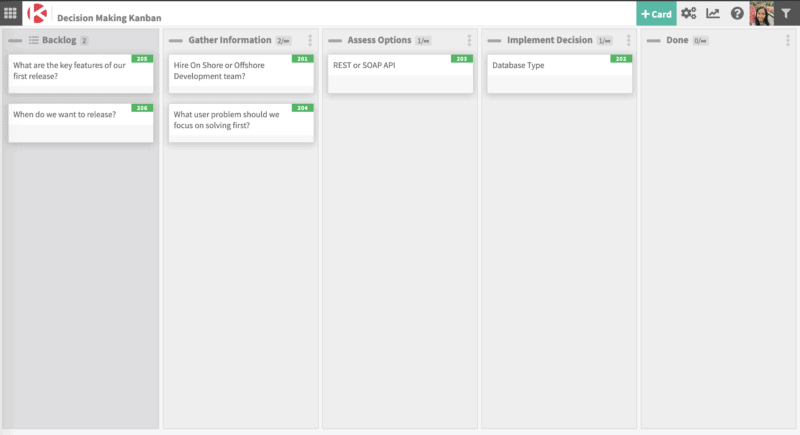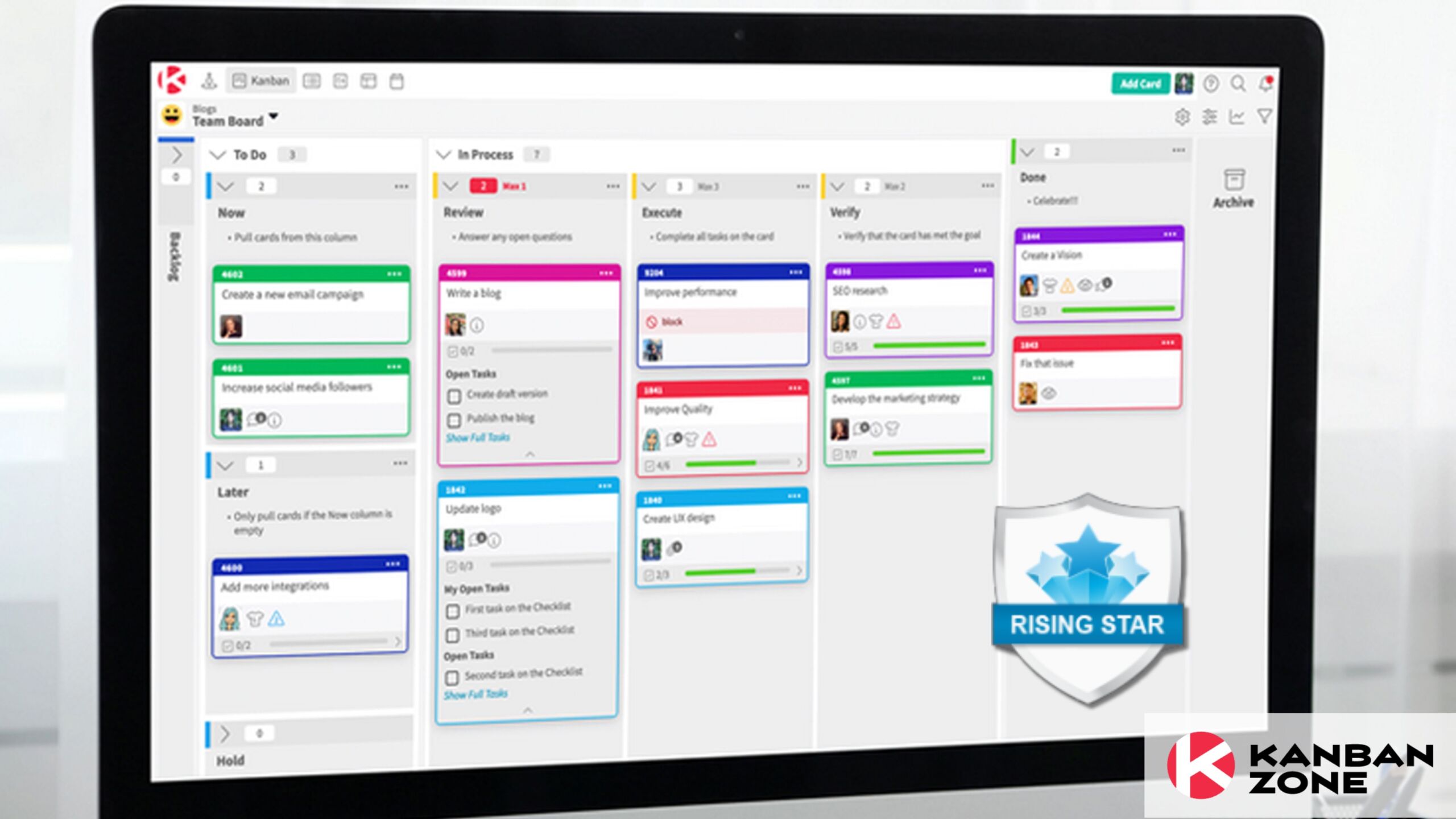
Every employee in an organization is met with decisions, not just those in management or leadership positions. If decisions have to go through a hierarchy of approval, you can just imagine how long it would take to resolve problems. What if there’s little to no time to waste? What if the decision-maker is nowhere to be found?
It is therefore important that each employee is empowered to make their own decisions and contribute to problem-solving. This may sound simple and yet I’ve seen so many employees who would not share their ideas or would wait for someone “higher” than them to call the shots. Do you know why? It’s because they don’t want to be blamed for making a poor decision.
Yes, a culture of blame impedes fast decision-making and productivity. But it doesn’t have to be this way. With Lean decision-making, organizations can empower their employees to make informed decisions and put an end to blame games.
Why Lean decision-making
When things don’t go as planned, it is human nature to find out who is responsible. This is where the blame games begin. This toxic culture is what prevents employees from taking accountability. When we remove our emotions from the picture and focus instead on why things happened, we start analyzing things from a process perspective. When the approach to decision-making is process-focused, employees are encouraged to work together to fix the issue instead of thinking how to save face.
With Lean decision-making, we encourage teams to solve problems collectively. A process-focused approach to decision-making can be achieved by having a set of principles and a system to guide teams. This is where lean decision-making comes in.
Lean decision-making principles and tools
There are a variety of lean decision-making tools that teams can use. But before you start choosing a tool or even making your own approach, it’s important that you understand what principles constitute lean decision-making. No matter what tool you use as long as they adhere to these principles, you are set to apply lean decision-making.
- Eliminate unnecessary steps in your decision-making process – Remove any delays to communication or unnecessary approvals. As you assess the efficiency of your decision-making process, you’ll be able to remove these wasteful activities.
- Focus on learning – Meaning with the given the information at hand, you can decide how to move forward at that point in time. You can adapt or course correct after you make your decision. decision-making and implementation should be an iterative process.
- Decide as late as possible – Making a decision too soon can have adverse consequences. When you are able to delay your decision-making, you can get more data and analyze it to make an informed decision.
- Deliver as fast as possible – The key is finding the right balance between working with the right amount of information to implement a decision. Only when you execute your decision will you know if it was good or not. The faster you execute, the earlier you get feedback.
- Empower the team – You must be able to trust your teams to do a good job. Create an environment where they can make their own decisions. Support them as they learn from each decision they make.
- Measure collective output – The success (or failure) of a team must not be pinned at one individual. This kind of environment is a breeding ground for blame games and envy within teams.
Here are some lean decision-making tools you can explore:
- Multi-voting
- Failure Modes and Effects Analysis (FMEA)
- Pugh Matrix
- DACI
- Force Field Analysis
Decision-making in Kanban
Every decision-making activity is composed of at least 3 steps:

Having a way to visualize your decision-making flow will help you manage your decision-making process, act on decision items timely, and know how to improve your decision-making process. Kanban can help you visualize the decision-making flow of your organization. Translating your decisions to kanban helps you:
- Visualize the relationships and dependencies of your decisions.
- Track the time needed to implement these decisions
- Track who is the key owner of making the decision
- See blockers to implementing decisions
- Track how your decision-making flow is working
- Improve your decision-making flow
You can plot the items up for decision-making and flow them through your kanban board. This could work with any lean decision-making tool you use. Think of it as a way to manage your decision backlog more efficiently.
Decisions and Consequences
When we hear the word consequences we often think of it as a negative thing. But in reality, consequence means result. Whether we get good or bad results, we can always move forward. We can always learn from the consequences of our decisions.
If we think of decision-making as a learning process, we focus on improving the way we decide on things. This is the way to encourage employees to pitch in and help build a culture where blame games don’t win. When we create this kind of work environment our team can truly succeed.
Learn to Work Smarter, Not Harder!
Get our top articles weekly.
Table Of Contents
Discover many more posts…








